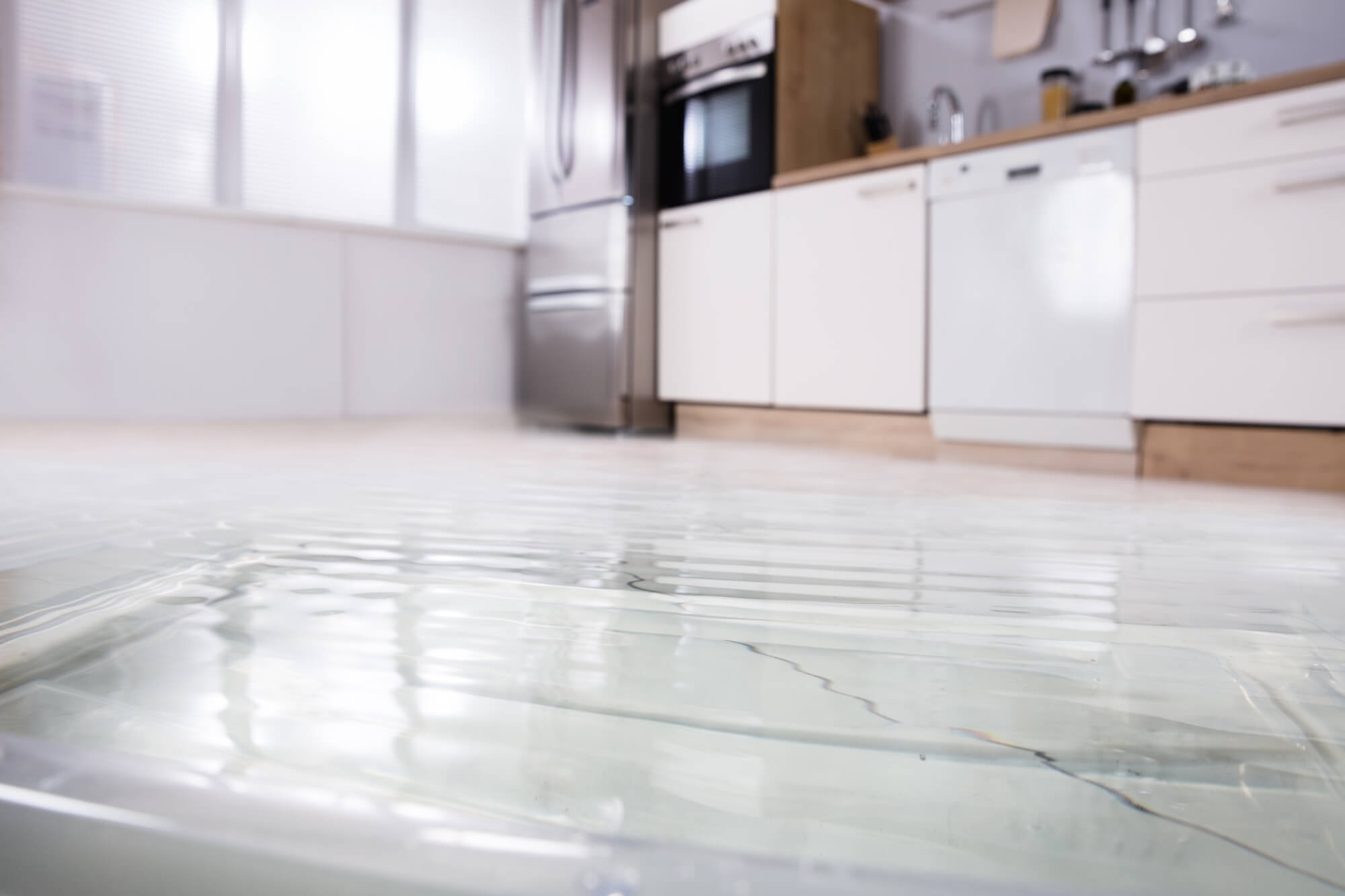Articles
Seek and Find: When Heat Causes Havoc
Summer is the season for fun! To celebrate the season, we’ve put together a quick and playful activity. Take a few minutes to test your observational skills with our custom seek-and-find game, inspired by the situations our investigators might encounter in the field during a heatwave. Ready to play? Keep your eyes peeled and enjoy!
Understand and prevent water damage caused by the failure of household appliances
While household appliances are essential for carrying out a wide range of everyday tasks, if and when they malfunction, some appliances carry a higher risk of causing significant damage than others—especially the ones that use water! Understanding how faulty household appliances can lead to water damage is one preventative measure that can help homeowners everywhere.
Origin and cause: science’s quest for answers throughout the ages
Forensic engineering represents the perfect blend of tradition and innovation. Officially established in the 1970s, it draws on centuries of scientific knowledge. The creation of CEP Forensic in 1972 came at a time when the field was gaining momentum, driven by the knowledge and creativity passed down through generations.
Expert Tips for a Worry-Free Winter
Water damage… that unwelcome surprise no one wants to return to after a winter getaway. But what steps can you take to prevent it? Samuel Dowal-Asselin, an experienced investigator with three years at CEP, offers his top three tips for avoiding frozen pipes and the headaches they bring.
Sleigh accident? CEP Forensic to the rescue of Santa Claus... and his presents!
Christmas Eve is just around the corner! That’s why Santa was eager to take his shiny new sleigh for a test run. After all, who better than Father Christmas himself to make sure it was ready for the big night? Once he harnessed his trusty reindeer and loaded the sleigh with gifts, he took off into the evening sky. Everything was going smoothly until — BAM! Out of nowhere, his sleigh hit a pole.
Unravelling Forensic Investigation
Gathering information, facts, and documents is a crucial part of any forensic investigation. In fact, only by gathering all the data can the expert obtain a clear picture of all possible causes to explain a failure. Then they can use fault tree analysis and technical knowledge to identify the root cause(s) of an incident and produce a report to explain it all.
Subscribe to our newsletter and never miss our news!






